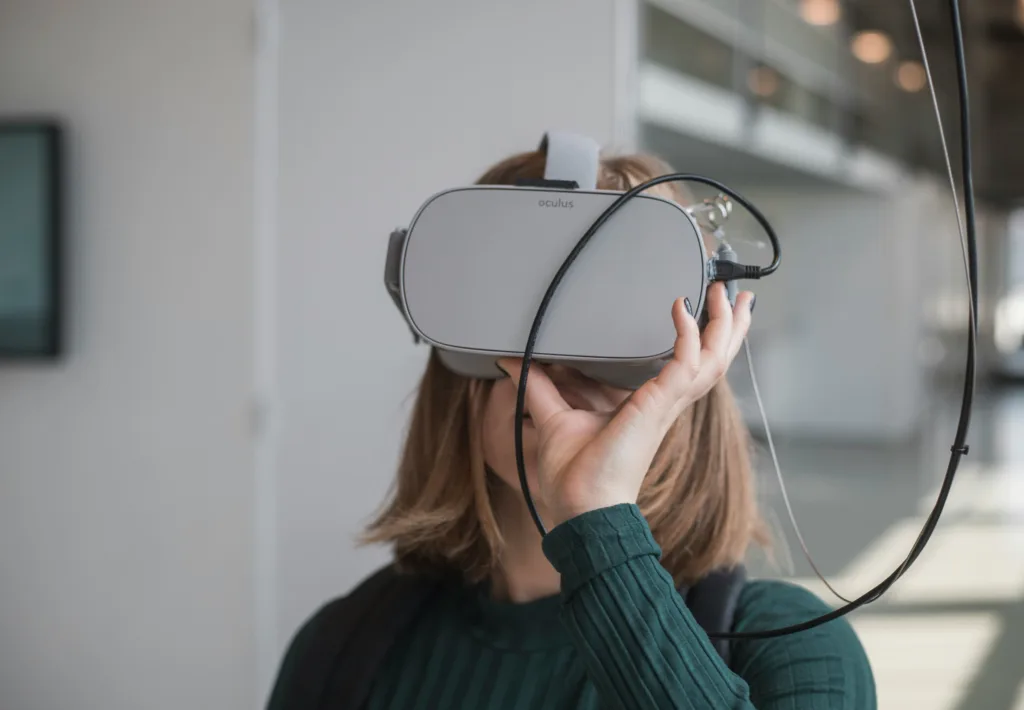
Introduction
In the digital age, our faces have become more than just a means of personal identification—they are now integral to our digital identities. With the advent of artificial intelligence (AI) and facial recognition technologies, our biometric data is increasingly used for various purposes, from unlocking smartphones to surveillance by law enforcement agencies. This raises critical questions about privacy, consent, and ownership: Who truly owns your face in the digital realm?
The Rise of Facial Recognition Technology
Facial recognition technology (FRT) has seen exponential growth in recent years. By 2025, facial recognition technology has become a part of everyday life for over 176 million Americans, with 131 million relying on it daily for tasks like unlocking devices and accessing services. The most common application is unlocking personal devices, accounting for 68% of usage.
Globally, the facial recognition market is projected to reach $19.3 billion by 2032, up from $5.5 billion in 2022. This growth is fueled by advancements in AI algorithms and increased demand across various sectors, including security, finance, and healthcare.
Applications of Facial Recognition
Personal Devices
Facial recognition is widely used for unlocking smartphones and laptops, providing a convenient and secure authentication method. Apple’s Face ID, for instance, uses a 3D map of the user’s face, making it highly secure with a false acceptance rate of approximately 1 in a million.
Law Enforcement and Surveillance
Law enforcement agencies utilize FRT for identifying suspects and enhancing security measures. The U.S. Customs and Border Protection has used biometric facial comparison technology to process over 300 million travelers and stop over 1,800 impostors from entering the U.S.
However, the use of FRT by law enforcement raises concerns about privacy and potential misuse. A study revealed that 85% of people were comfortable with police using FRT to verify identities at borders, but this comfort level dropped to 60% when used to identify suspects in crowds, and only 29% were comfortable with its use to determine truthfulness.
Commercial Use
Businesses employ FRT for various purposes, including customer identification, personalized marketing, and enhancing security. However, the collection and use of facial data by private companies often occur without explicit user consent, leading to privacy concerns.
Privacy and Ethical Concerns
Data Ownership and Consent
The question of who owns facial data is complex. While individuals naturally assume ownership of their biometric data, the reality is that once collected, this data is often stored and used by third parties. The case of Clearview AI, a company that scraped billions of photos from the internet to build a facial recognition database, highlights this issue. Despite facing legal challenges and fines, Clearview continues to operate, raising questions about the effectiveness of current data protection regulations.
Bias and Accuracy
FRT systems have been criticized for exhibiting biases, particularly against minority groups. Studies have shown that these systems are less accurate in identifying individuals with darker skin tones, leading to potential misidentifications and wrongful arrests. For instance, the case of Alonzo Cornelius Sawyer, who was wrongfully detained due to an AI facial recognition match, underscores the potential for harm when relying solely on these technologies.
Surveillance and Civil Liberties
The widespread deployment of FRT in public spaces raises concerns about mass surveillance and the erosion of civil liberties. In the UK, police have been found to unlawfully store images of innocent individuals for facial recognition purposes, despite a 2012 high court ruling deeming it illegal.
Regulatory Landscape
Global Regulations
Different countries have adopted varying approaches to regulating FRT and biometric data. The European Union’s General Data Protection Regulation (GDPR) provides robust protections, requiring explicit consent for processing biometric data. However, enforcement challenges persist, especially against companies operating outside the EU.
China’s Personal Information Protection Law (PIPL) stipulates that facial recognition in public spaces can only be used for public security purposes unless individuals provide separate consent.
United States
In the U.S., there is no comprehensive federal law governing biometric data. Some states, like Illinois with its Biometric Information Privacy Act (BIPA), have enacted laws requiring informed consent before collecting biometric data. However, the lack of a unified federal framework leads to inconsistent protections across the country.
The Future of Digital Identity
Self-Sovereign Identity (SSI)
SSI is an emerging concept that allows individuals to control their digital identities without relying on centralized authorities. By using decentralized identifiers and blockchain technology, SSI enables users to manage and share their identity information securely and privately.
Technological Innovations
Advancements in AI and machine learning continue to enhance the capabilities of FRT. However, these innovations must be balanced with ethical considerations and robust regulatory frameworks to protect individual rights.
Conclusion
As facial recognition technology becomes increasingly integrated into our daily lives, it is imperative to address the accompanying privacy and ethical challenges. Ensuring that individuals retain ownership and control over their biometric data is crucial. This requires a combination of robust legal frameworks, technological safeguards, and public awareness to navigate the complexities of digital identity in the age of AI.




